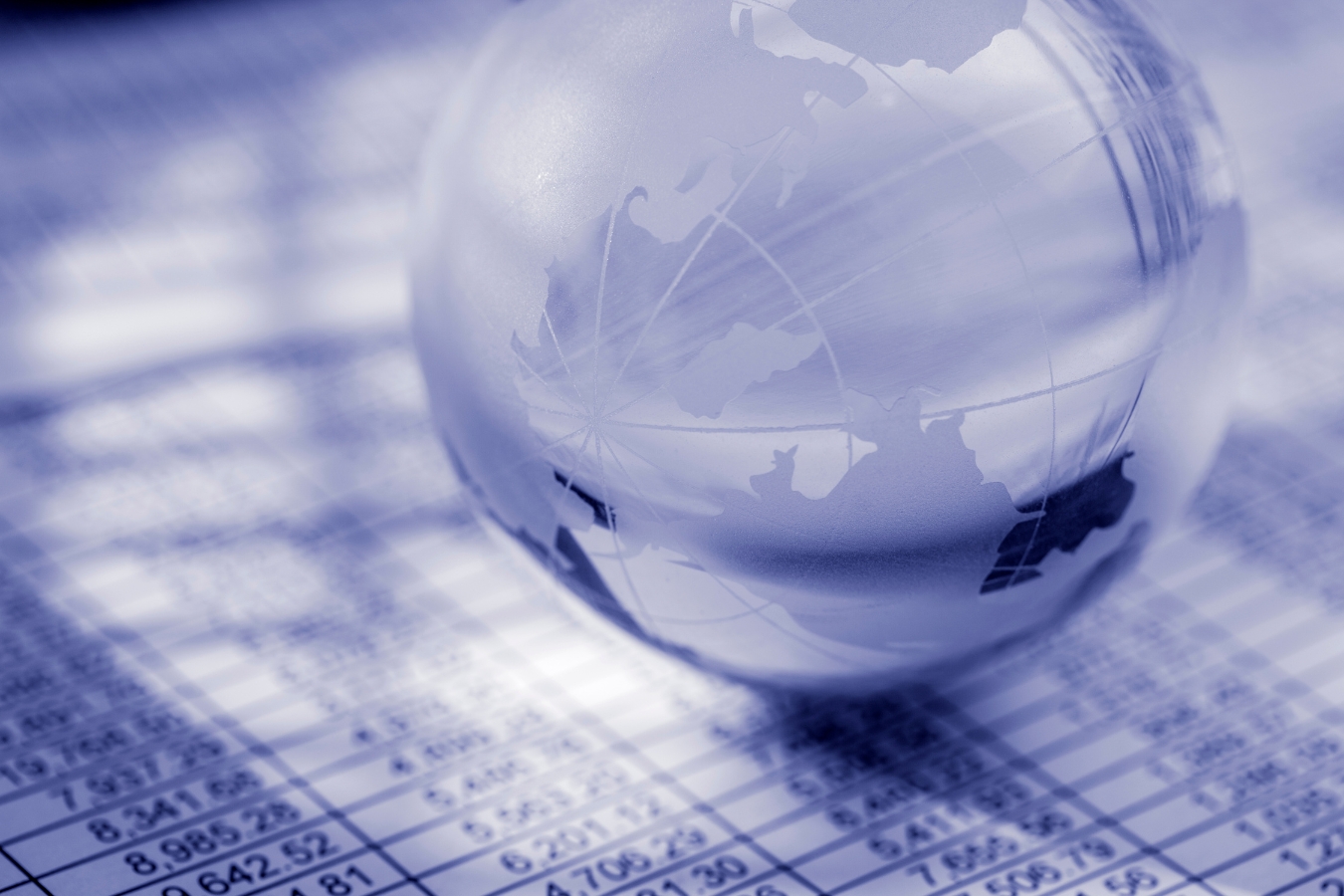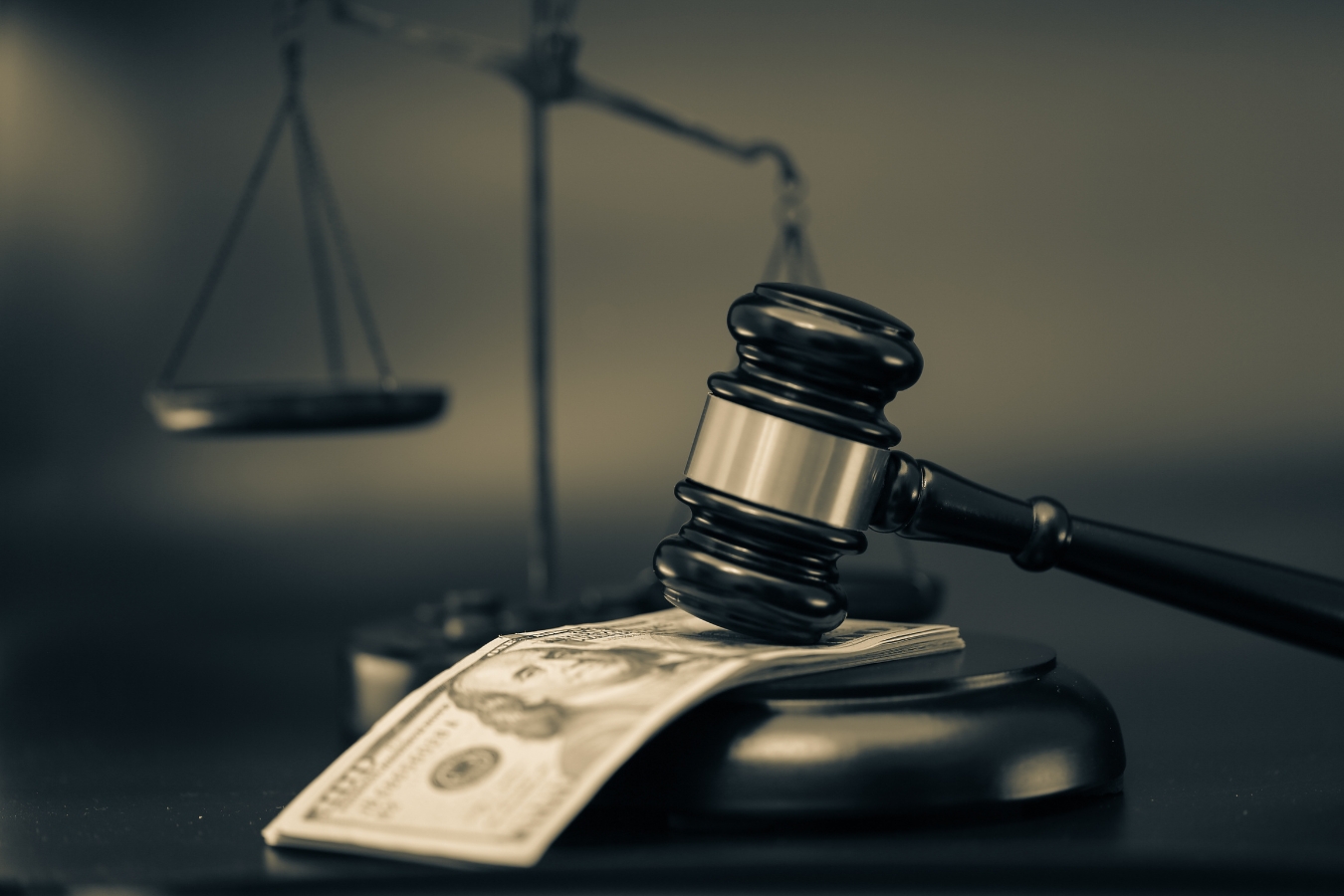Andorra and NFTs: tokenizing into the future
If we look back, we can see that the way the world works is no longer the same as it was 20 years ago. Society has evolved and with it, have done those aspects that surround it. The forms of creation are a good example of how fast we have entered the digital world.
NFTs (non-fungible tokens) are a new, booming business model that almost everyone has heard of. NFT is an asset, unique and non-modifiable, that can be the object of transactions with guaranteed particularity and authenticity through blockchain technology. An NFT eventually could be a GIF, a piece of art, or even a piece of music.
At this point, we could ask ourselves, “If all these creations already physically exist, why bet on a system, as innovative as that of NFTs, that at the first glance could seem complicated and risky?” Well, the answer is simple and can be summed up in three words: AUTHENTICITY, OWNERSHIP and SECURITY. We start from the premise that blockchain technology is one of the most reliable systems out there, since it is almost unbreakable. It works like a great book in which all the transactions carried out are recorded. Among other information, the author of the NFT is reflected along with all the information and data about created chains, what is reducing the risk in a considerable way. If we compare it with a work of art by Picasso, there would be a record of who is the author, the value of the work, whether it has been sold or not and how many times. So, if this work is sold, it will have an owner, but the author will continue to be the same one who created it, and he could even benefit from resale (royalties or other credit rights). In other words, NFTs allow the exploitation of secondary markets thanks to the traceability offered by Blockchain technology.
In addition, we can confirm the fact that NFTs can be easily transferred between applications. Users can move the product from the digital environment to which they belong and, in such manner, create marketing capabilities in a very easy and effective way and in this way, by reaching a greater number of buyers, generate a greater liquidity, what affirms that it is a quick practice to earn money. Limits can be established both in the creation and in the modification of the NFTs, and NFTs can be easily created through computer programs that allow automation.
On June 30th, 2022 in the Principality of Andorra the following law was approved “Llei 24/2022, del 30 de juny, de la representació digital d’actius mitjançant l’ús de la criptografia i de la tecnologia de llibre de registre distribuït i blockchain” (“Law 24/2022, of June 30, on the digital representation of assets through the use of cryptography and distributed ledger and blockchain technology”), which mainly regulates the following matters:
Digital assets as such; the regulatory entities and the representation exercised over the assets, as well as the insurance of the activity and the control mechanisms of the same; the procedure to follow before, during and after the registration of the activity; the legal regime of the issuance of digital representations of assets in the same way as the legal regime of the participants in the representation, such as trading platforms, asset custody companies or others; digital sovereign money; the decentralization of ecosystems; smart contracts; and declares AndorraDEX as the trading platform for digital assets that integrates trading, liquidation, infrastructure and asset custody operations.
Of this law, however, article 3.4.c) establishes that digital emissions that are unique and not fungible with other digital assets and that have been originally programmed are excluded from the application of the same law, thus opening a door to legal interpretation about whether or not NFT’s fall within its scope of application. If an original programmed NFT (software that represents an original digital work of art) is not subject to the rule, does that mean that if, for example, a real estate is tokenized and collateralized through an NFT, it would be subject to application since it is not an NFT that is not fungible with another digital asset or programmed of origin? Would the same happen with those NFTs that are unique and not fungible with other assets that are not digital, as indicated by the law?
In the understanding of this area of law, only the NFTs that do not collateralize physical assets and that are newly created without being based on a particular utility (having also been programmed without previously existing either in the physical or digital world) would be those excluded from the rule. For example, most of the digital art collections traded on Opensea.io
Both the benefits and the difficulties presented by the tokenization system and NFTs and their future regulation are proportional to the technological impact that they are having on society and that they may have in the future. Undoubtedly, we need to be pertinent in order to be very well advised when entering new business models, analyzing the legal, economic and fiscal impacts that embarking on this digital adventure may have.
The Management
Augé Legal & Fiscal










